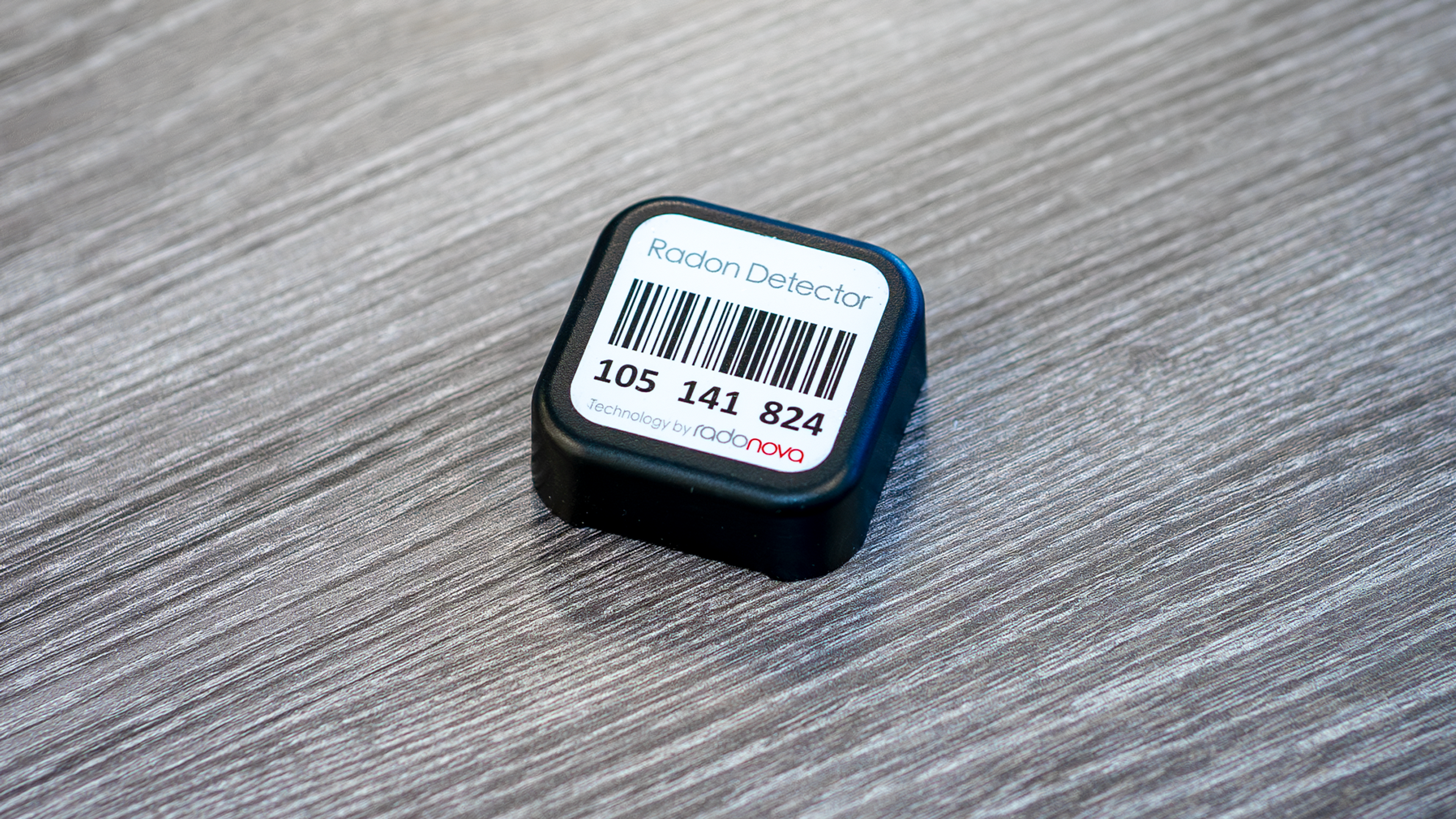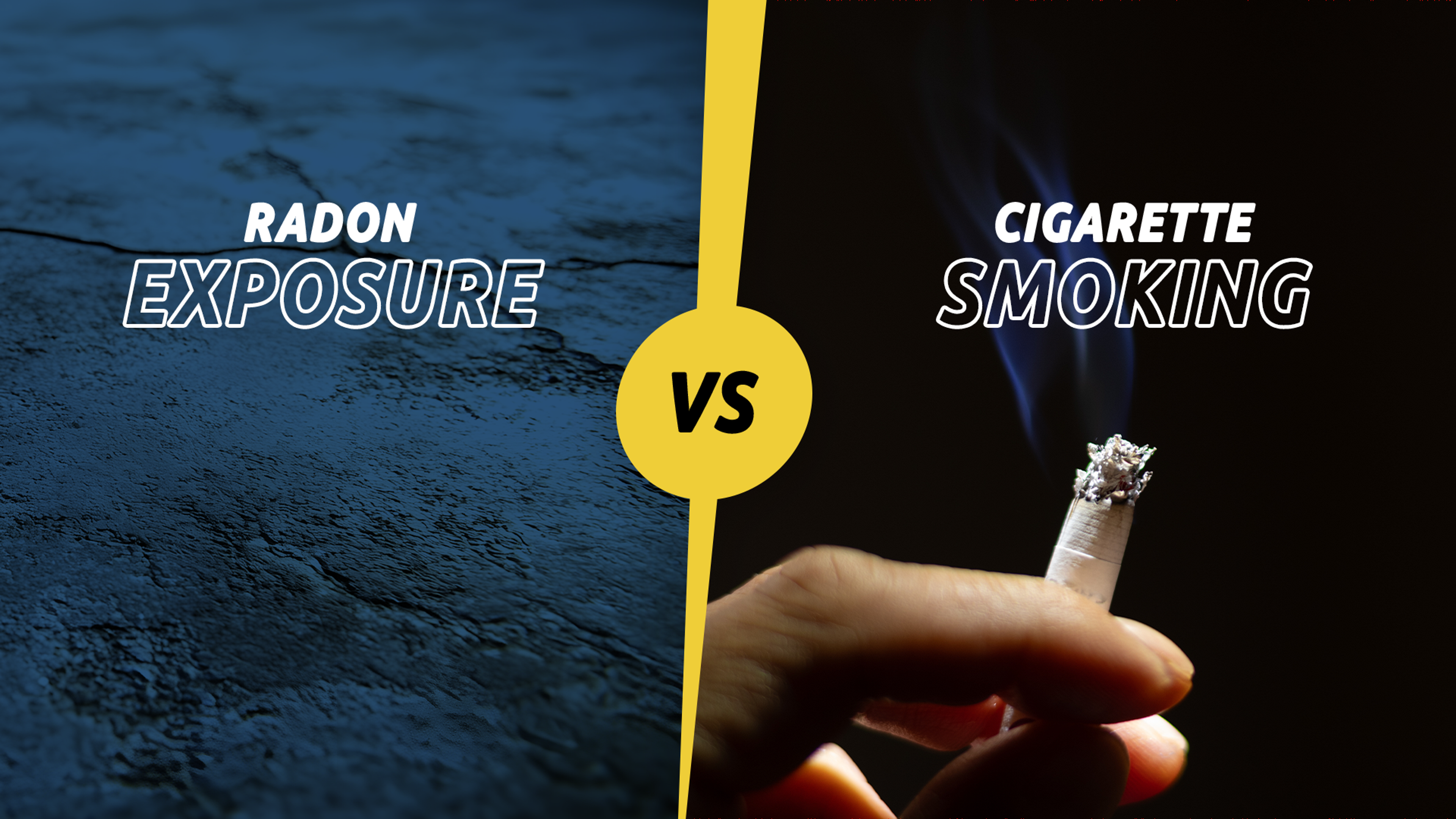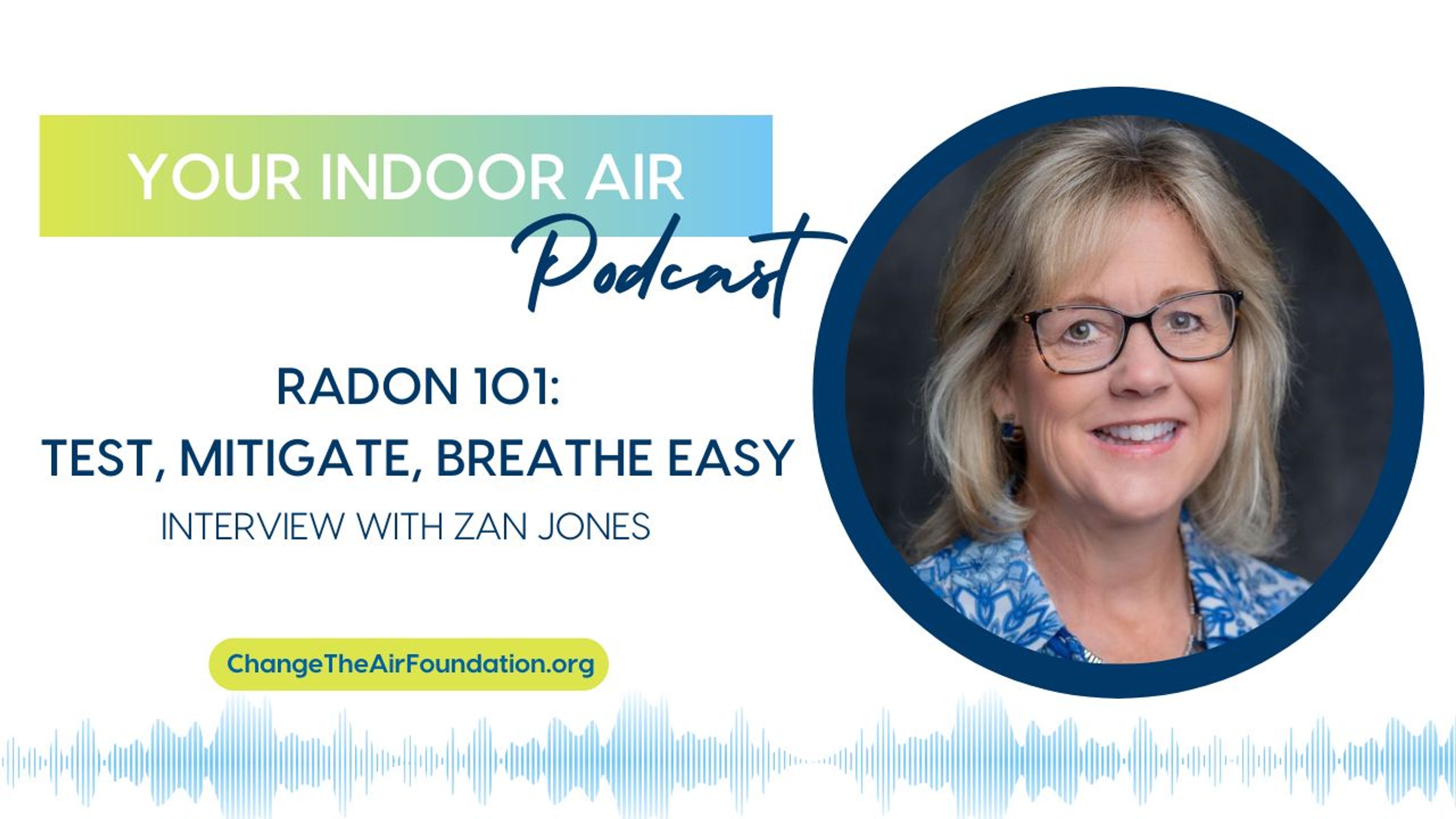

Three Good Reasons to Test for Radon in the Summer
Radon testing season traditionally slows down during the summer months – but that doesn’t necessarily mean radon gas levels in your home are lower. Winter months create indoor environments that can be conducive for increased radon levels. This is mainly due to the reduction of inside air being diluted by fresh air during the cold winter months when people keep their homes closed tight and turn the up the heat.
Here are three reasons to test your home for radon during the summer:
1. Radon Levels Fluctuate
Radon levels can vary based on weather, temperature, wind, shifting soil, etc. If you test in the winter months and have low radon levels, it is important to test again during summer months. Conversely, if you test for radon in the summer and levels are low it is recommended that you test again during the winter months. If neighbors in your area have low radon levels it does not mean your home does as well. Radon levels can vary from home to home and even between apartments in the same building.
2. Your Home is Energy Efficient
Recent research found a 31.5% increase in radon levels in homes built since 1992 versus older structures. The issue is that these modern houses are too efficient at limiting the amount of unregulated air coming in or out of the house and are trapping more radon within the home. New homes in North America are containing greater and greater radon levels because of their energy efficiency. Like heat in the winter, air tightness with increased air conditioning during the summer months creates indoor air that is less diluted by outside air during the summer months. Radon is a health risk during all seasons and it is a solid idea to test for radon year round.
3. Children are Home
Children have smaller lungs and faster breathing rates than adults which means they can inhale more radon gas. Kids spend more time at home during the summer which means their radon exposure risk can be higher. Radon is the #1 cause of lung cancer in nonsmokers and the #2 cause of lung cancer nationwide. Radon is a naturally occurring radioactive gas that forms from the breakdown of uranium in the soil and rock around a home. It then seeps into homes through cracks in the foundation, crawl spaces, and openings under the home. Long term exposure to breathing radon gas in the home causes lung cancer. Testing is the only way to know if your home has elevated radon levels.
Now that children are not in school, use radon testing as a “Summer Science Lesson” and educate your kids about radon and why you are testing your home. For example, on the periodic table radon is one of the seven noble gases along with helium, argon, krypton, neon, xenon, and oganesson. Discuss the periodic table, the properties of the noble gases, how radon’s atomic number is 86 and atomic mass is 222 and what this means, and so on. It can be fun!
Here are a few kid-friendly resources that can help.
- Radon coloring book (from Licking County Health Department in Ohio)
- Radon activity and word search book (University of Kentucky College of Nursing)
- Radon comic book (University of Kentucky College of Nursing)
- Video on Marie Curie and the discovery of radioactivity
Teachers and educators can find resources for teaching students about radon along with, slides, worksheets, and more from Canada's Take Action on Radon and from the EPA's syllabus on Radon Education.
A home radon test is easy to use. Test your home’s basement, first floor, and any rooms where you spend more than 4 hours per day such as a bedroom or home office. If your radon levels come back above the actionable limit, a certified radon mitigator can help you reduce your radon levels within your home.
Click here to stay informed about radon industry news and product discounts.
Published
June 07, 2023



